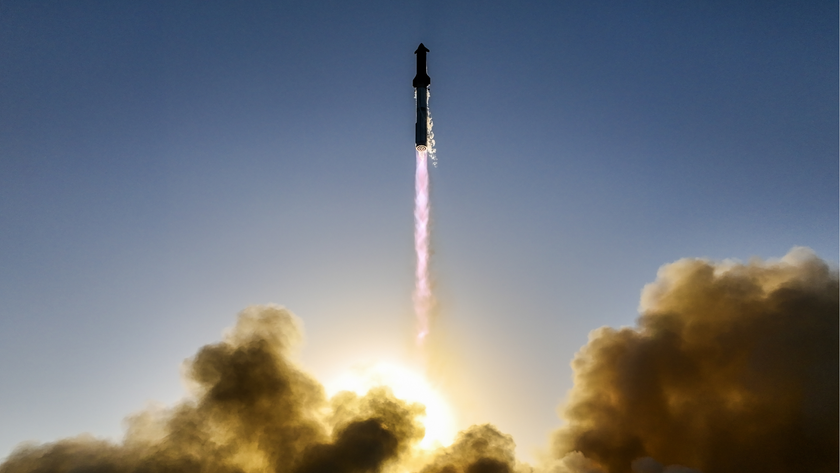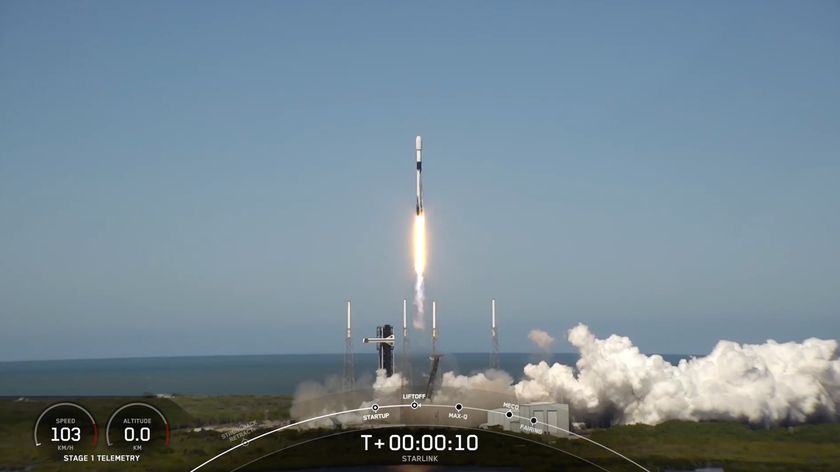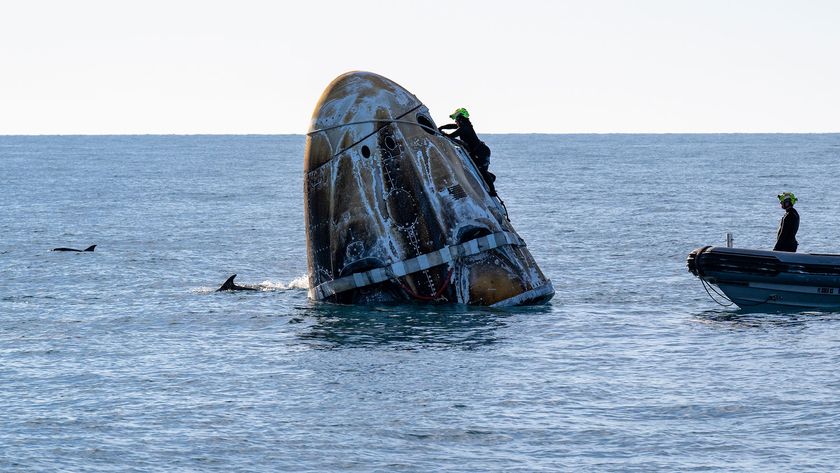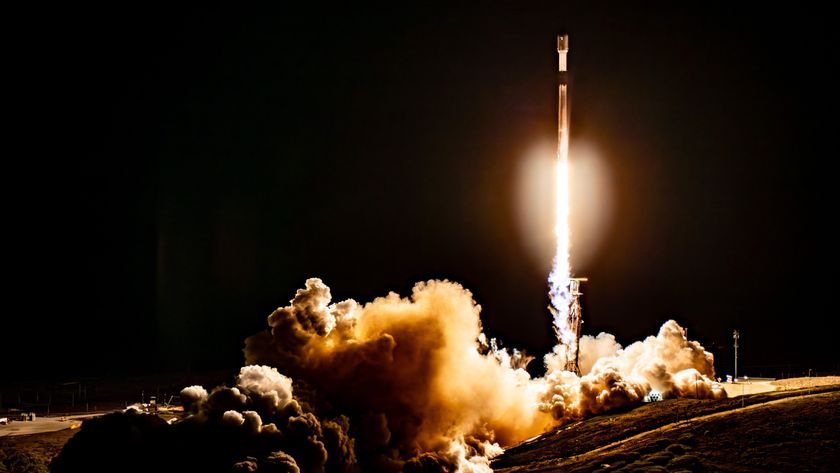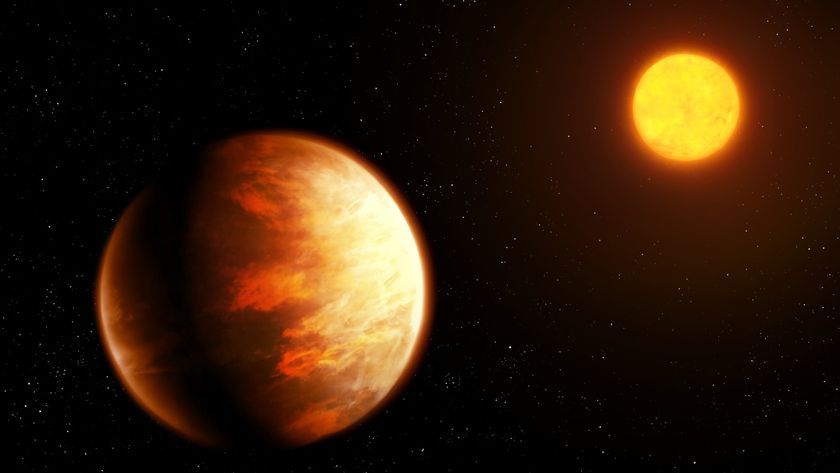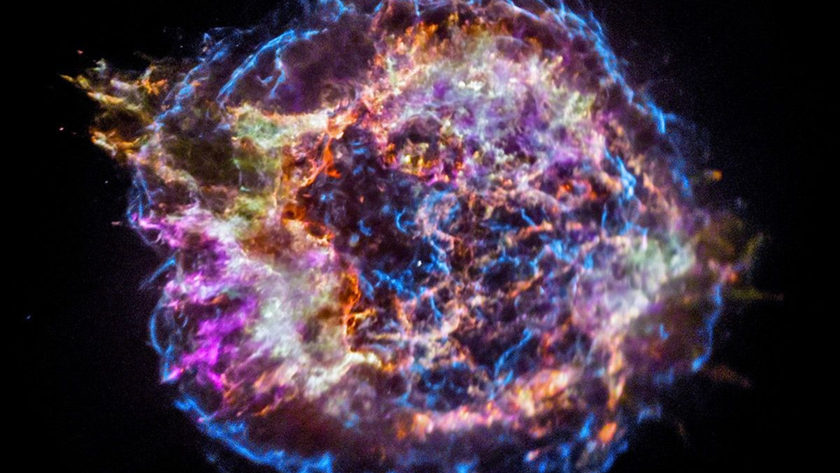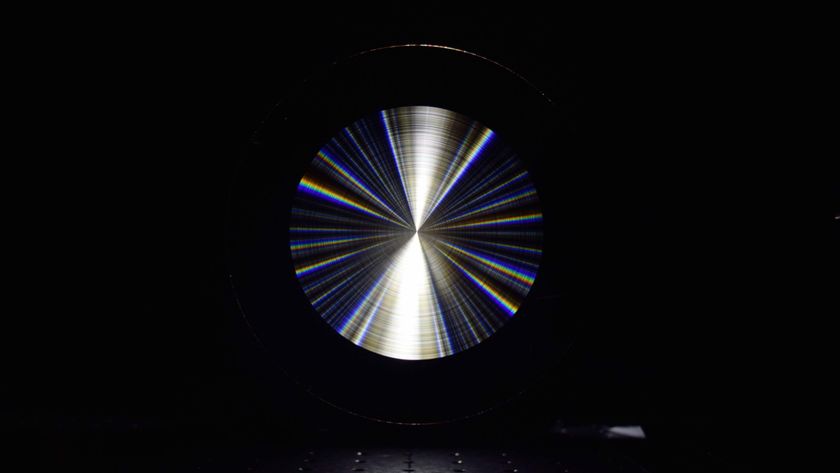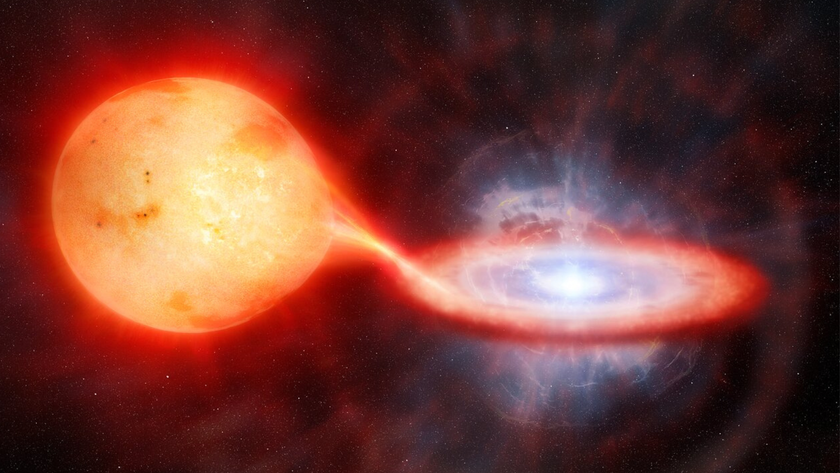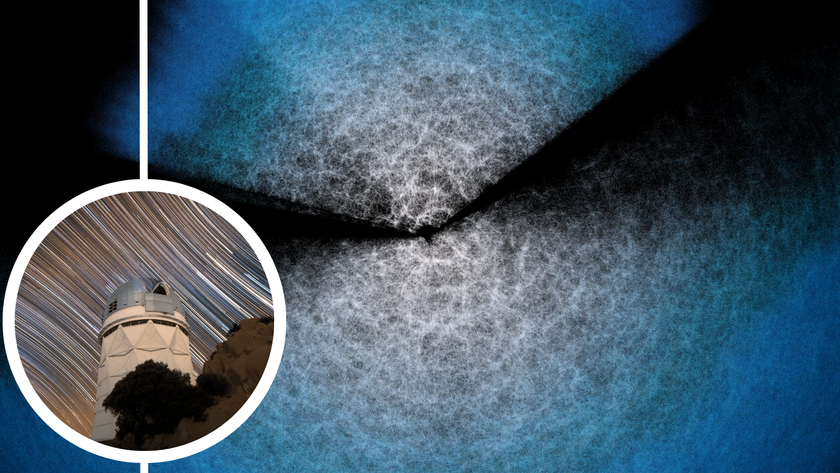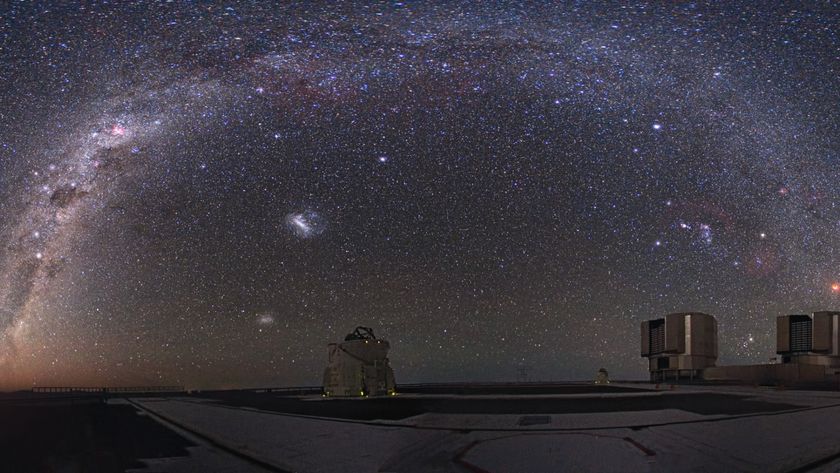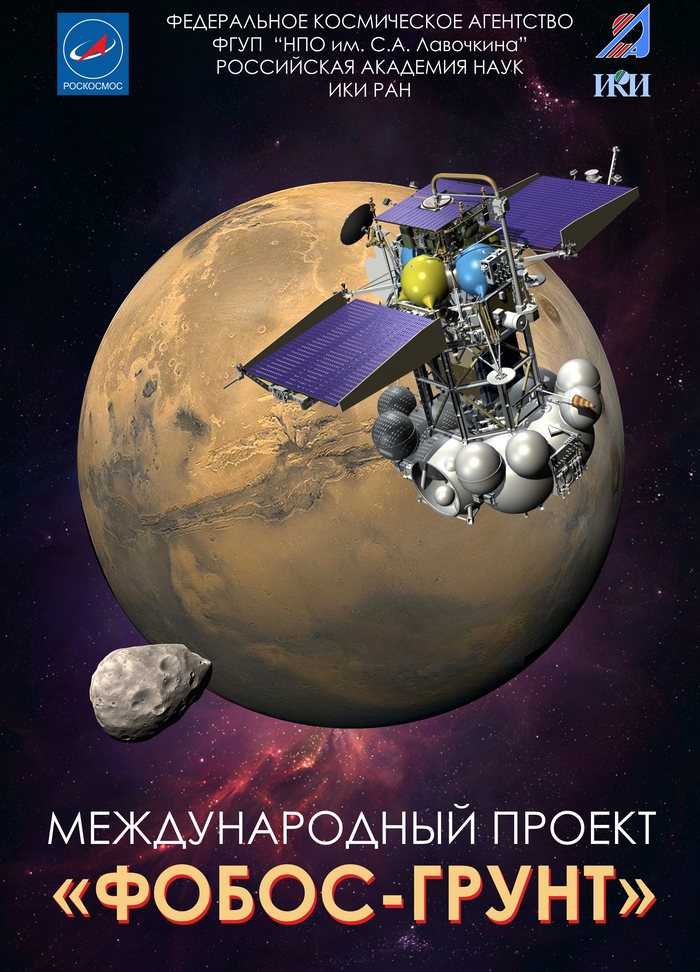
Russia is set to launch a robotic spacecraft to the Mars moon Phobos today (Nov. 8), marking the nation's first attempt at an interplanetary mission in 15 years.
The Phobos-Grunt mission is slated to blast off from Kazakhstan's Baikonur cosmodrome at 3:16 p.m. EST today (2016 GMT; 12:16 a.m. local time on Nov. 9). The main goal is to grab some dirt from Phobos' surface and return the samples to Earth in 2014 ("grunt" means "soil" in Russian).
If successful, Phobos-Grunt could shed a great deal of light on the early days of Mars and the solar system, experts say. It would also be a big morale boost for the Russian space program, which has suffered through the failure of three other Mars missions since the late 1980s.
"If Phobos-Grunt fully carries out its mission, then this will be a world-class achievement," Igor Lisov, editor-in-chief of the journal Novosti Kosmonavtiki (Space News), told Agence France-Presse. "The problem with Russian space exploration has been that people have forgotten the taste of victory. The task of this mission is to restore confidence in our abilities and the importance of the task." [Photos: Russia's Phobos-Grunt Mission to Martian Moon]
A sample-return mission
If all goes according to plan, the unmanned, $163 million Phobos-Grunt mission should reach Mars by autumn 2012, then drop its lander onto Phobos a few months later. The potato-shaped moon is just 16 miles (27 kilometers) long, and most scientists think it's a former asteroid captured by Mars' gravity long ago.
The robotic lander will scrape up some Phobos soil, then launch the samples back to Earth, where they should arrive sometime in 2014. Some instruments will stay behind on the moon to carry out scientific observations.
Get the Space.com Newsletter
Breaking space news, the latest updates on rocket launches, skywatching events and more!
Scientists would likely be eager to sift through the Phobos samples. Asteroids are leftovers from the solar system's early days, primordial pieces that didn't get incorporated into planets. So studying pristine chunks of an asteroid is almost like having access to a time machine, researchers have said.
Also, some of the dust collected by Phobos-Grunt could come from Mars itself, blasted off by meteorite impacts. So the mission could teach researchers about the Red Planet's early history and evolution as well.
Phobos-Grunt is also carrying several other payloads, including a capsule full of microbes prepared by the nonprofit Planetary Society in the United States to investigate how lifeforms survive and behave on long flights through deep space.
The mission is also ferrying China's first Mars probe, a small spacecraft called Yinghuo 1 that will separate from Phobos-Grunt and go into orbit around the Red Planet.
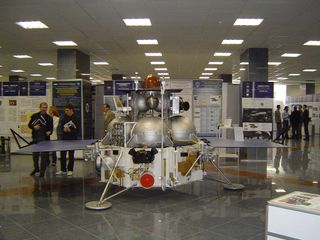
Russian pride on the line
Russia has a long, proud history of spaceflight accomplishments, and its Soyuz spacecraft are currently the vehicles NASA uses to launch its astronauts into space. But the country hasn't had much luck with planetary science missions in the last few decades.
For example, the Phobos 1 and Phobos 2 spacecraft — launched just days apart in July 1988 — both suffered critical failures before fully accomplishing their mission goals. And the Mars 96 mission crashed into the Pacific Ocean just minutes after blasting off in November 1996.
The United States, meanwhile, kept launching Mars missions that mostly went off like clockwork. NASA dropped the twin Viking landers onto the Martian surface in 1976, for instance, and sent a succession of rovers to the Red Planet, including Spirit and Opportunity, which touched down in 2004. And NASA's Phoenix lander discovered conclusive evidence of water ice on Mars in 2008.
If Phobos-Grunt succeeds, the mission could keep Russia's painful memories firmly in the background, announcing to the world that the nation is a major player in deep space science once again. But success is far from guaranteed, researchers say.
"This is really a very difficult project, if not the most difficult interplanetary one to date," Phobos-Grunt lead scientist Alexander Zakharov told Reuters. "We haven't had a successful interplanetary expedition for over 15 years. In that time, the people, the technology, everything has changed. It's all new for us; in many ways, we are working from scratch."
You can follow SPACE.com senior writer Mike Wall on Twitter: @michaeldwall. Follow SPACE.com for the latest in space science and exploration news on Twitter @Spacedotcom and on Facebook.
Join our Space Forums to keep talking space on the latest missions, night sky and more! And if you have a news tip, correction or comment, let us know at: community@space.com.

Michael Wall is a Senior Space Writer with Space.com and joined the team in 2010. He primarily covers exoplanets, spaceflight and military space, but has been known to dabble in the space art beat. His book about the search for alien life, "Out There," was published on Nov. 13, 2018. Before becoming a science writer, Michael worked as a herpetologist and wildlife biologist. He has a Ph.D. in evolutionary biology from the University of Sydney, Australia, a bachelor's degree from the University of Arizona, and a graduate certificate in science writing from the University of California, Santa Cruz. To find out what his latest project is, you can follow Michael on Twitter.
